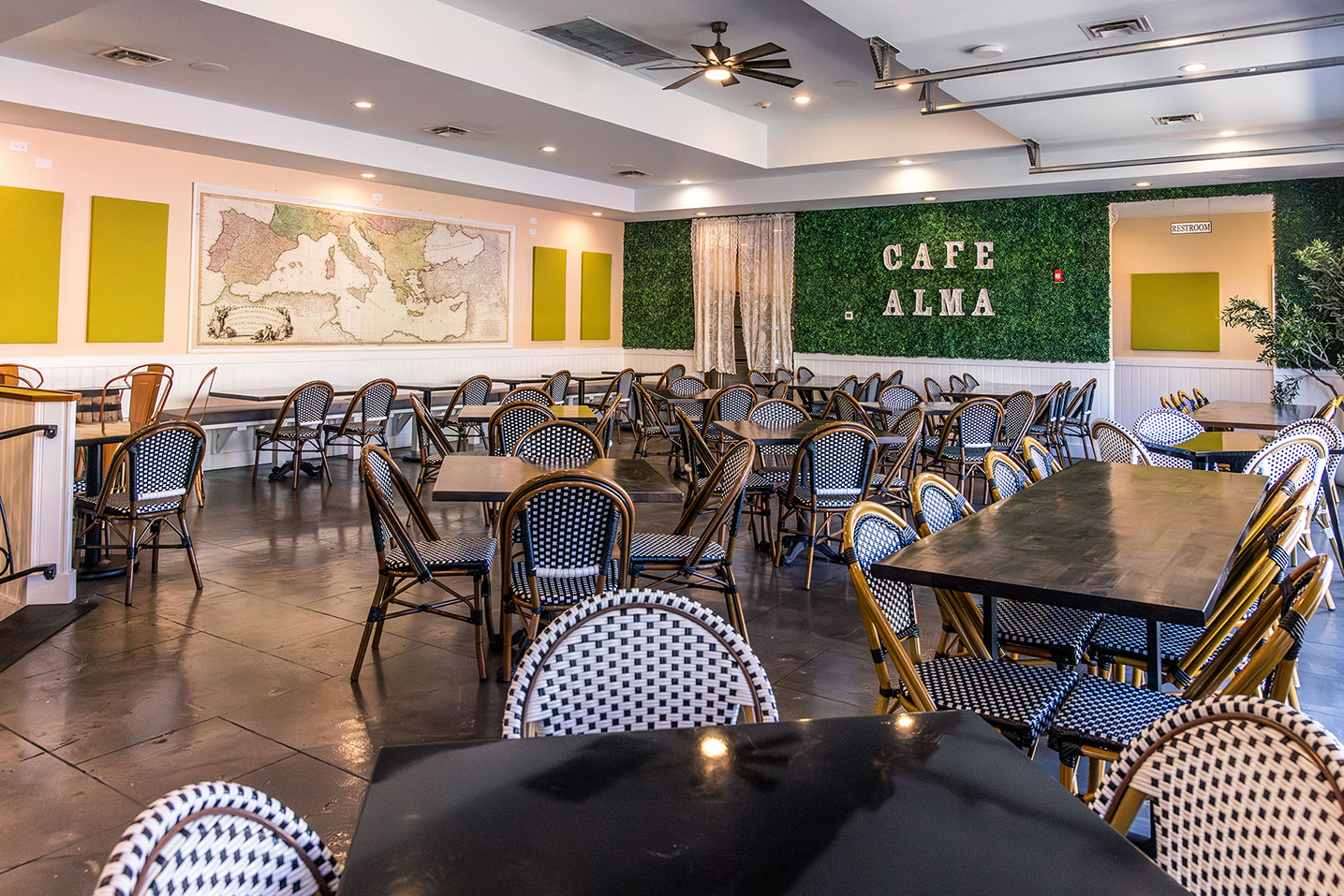
At Asian Paradise, there is a menu section that offers Jewish diners-out the chance to build an entrée that suits their tastes. The section is called Paradise Southeast Entrée. This spot on the fusion menu allows you, the diner, to select one of six different sauces as a starting point. We’ll get to the sauces in a sec, focusing on one that sparked our interest and we enjoyed immensely, but first a bit more about how many choices the diner is given.

After choosing the sauce, the next choice is the protein that goes into the dish. Here too is an array of choices. Protein for kosher-style diners includes chicken or beef, and fish such as salmon or tofu. Also, the choice of white or brown rice is part of the customizing process.
Now, what about those sauces? In order, they are sambal, a Malaysian combination of citrus and chili paste; Szechuan peppercorn, famous worldwide for the heat of the chilis; Thai curry, featuring coconut in a yellow curry spice mix; fresh mango, with a sweet-spicy profile; broccoli-soy brown, in which garlic and ginger combine; and black bean, made from a seasoned black bean preserve. All are hand-crafted. All are tasty. All can be found in today’s China and more generally at myriad points along the Pacific Rim. Our focus was on the fresh mango sauce, because Rainbow, the GM at Asian Paradise, wanted to showcase one of her best sauces that few non-Asians order.

“The recipe is based on the mango juice and the mango paste that goes into it (the sauce),” she stated. “And we flavor it with some basil (and other items in the Chinese pantry).” There is fresh mango, yellow bell pepper, and jicama in the mix with the delicious sauce, and we chose beef as our protein. Let me tell you, the combination of the sweet flavor of the mango juice, paste and fruit, along with the spicy notes of the chili paste made for a delicious meal. Our mango beef delivered that sweet-savory combination at which the Chinese are so adept. We enjoyed our choice along with brown rice, and the beef and colorful fruits and veggies made for a pretty presentation as well. A great entrée according to my tastebuds.
So, two ingredients — mango and jicama — that some, including myself, may find a bit odd in a Chinese entrée. After all, mango is a tropical fruit, isn’t it? And jicama is Mexican, right? What are these characters doing in a Chinese kitchen?
Turns out that mangoes are tropical, and indigenous to Southern Asia, likely originating in Eastern India, Bangladesh, and the Andaman Islands. Today, mango cultivars can be found in Southeast Asia, East Africa, the Caribbean islands, and other tropical locales. As it happens, China does stick a geographical toe or two in tropical climes, but mangoes were not found there centuries ago.
Jicama is a Mexican vegetable in the minds of most, but it was found by Spanish conquistadors in South America also. In fact, archeologists found the starchy tuber at Peruvian dig sites dating to 3,000 BCE. Those same Spaniards who discovered it are among natives who carried the plant to the Philippines in the seventeenth century to help feed the indigenous peoples there. Within a century, jicama made its way to China, ultimately spreading to Southeast Asia and well beyond.
Rainbow was born in China and remembers jicama being grown there. “Jicama is Asian potato, or like potato. It has the texture of water chestnuts. We use jicama in Chinese cooking, and even when it is cooked (in the wok), it keeps texture (similar to a water chestnut), which is crisp, not soggy, or soft. We have the mango in China too, but not sure whether those are raised there or shipped there. But mango very popular in China and all over in that part of the world. We use in cooking (and in sushi) and we use here (in our kitchen),” she stated.
Also, she said that while many people may not know of the delicious flavor of the mango sauce entrée, that is not true of her ethnic Chinese patrons. They order the mango sauce more than anybody else, she believes. Now that we have tried it, we’ll be ordering it more often, too.
See you at Asian Paradise!





